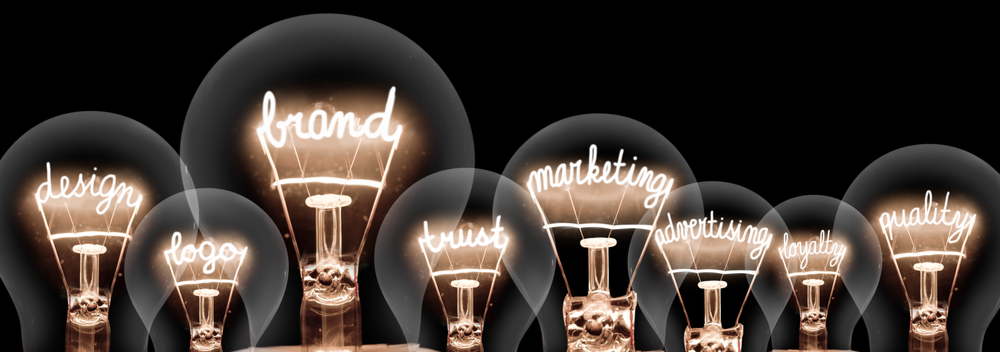How brand plays a crucial role in organisational development
- 4 Min Read
To affect change within a company during times of flux an HR director may have a larger role to play than most – even when it comes to the role of brand in organisational development. Darren Evans, Founder, The Engine Room explores the endless possibilities of a companies development with a strong brand. As businesses adapt to an […]
- Author: Darren Evans
- Date published: Jul 19, 2019
- Categories

To affect change within a company during times of flux an HR director may have a larger role to play than most – even when it comes to the role of brand in organisational development. Darren Evans, Founder, The Engine Room explores the endless possibilities of a companies development with a strong brand.
As businesses adapt to an unpredictable economic climate, the need to remain relevant has brought about several challenges for organisations – with HR vitally positioned.
The need for change has never been more pertinent, and transformation is not an overnight success.
As any senior HR professional will understand, change requires considered steps to instigate meaningful organisational development. Without a communicative, strategic approach, many of those jumping in – and expecting the entire business to follow – will ultimately struggle.
The first question an HR director must ask is, ‘does the workforce understand the organisation’s purpose?’ Furthermore, does it recognise what difference it is making?
There also needs to be a strong ambition within the boardroom to orchestrate cultural transformation because it isn’t a ‘quick win’. A purpose is a long-term vision often built up over years through discipline and focus. Therefore, it is easy to see why some – especially long-serving colleagues – may struggle to adapt to change.
However, HR plays a crucial role in empowering employees – often the business’s culture and lifeblood. Directors must take them on the long journey through organisational development because even the most established entities would amount to nothing if staff don’t live and breathe it.
Staff alignment can help operational transformation
Buy-in inspired by HR and senior leadership gives employees something to strive for and a ‘togetherness’ to influence cultural change. As Seth Godin wrote in ‘Tribes’: “Sometimes one person leads, sometimes more. People want connection and growth and something new. They want change.”
Aligning staff to understand a tangible, long-term, demonstrable vision is crucial for it to truly mean something – which can often fall on C-suite professionals to lead.
Senior HR professionals may draw on theory to drive the change process, but the modern constancy of change means fluidity is now essential. This brings into question the three-stage management framework pioneered by Kurt Lewin in the 1940s. It has long been accepted that behaviour – however deeply engrained – needs to firstly be unfrozen for change to occur before newly-desired principles are then solidified.
However, the volume, velocity and variety of change being experienced by organisations, is seemingly showing no sign of slowing. Therefore, it is arguably more beneficial to remain adaptable and in a change-ready state, so development can occur – even if only incrementally.
Whilst post-change success should be celebrated, and efforts made to ensure the results are sustainable, a somewhat iterative mindset is undoubtedly far more beneficial than refreezing a ‘new way of doing things’, which may take time to unfreeze once again.
The question lies in how to ensure employees remain constantly engaged and ‘bought in’ to the journey, given everything is ever-evolving.
HR’s brand understanding may prove to be pivotal
Even though it might not be the first thing HR directors and their departments think about, the brand could prove key. Why? Because it is an organisation’s truth and identity. It is a manifestation of culture and values reflective of what an organisation does, why it exists, and how it behaves commercially.
It is so important to outline such shared principles and ways of working so people are personally invested and understand the vision, strategy and transformation process. And, the personality which defines who the company is, and how it is known.
An HR director may not have typically got involved with a brand project – because it traditionally falls to marketing – but the distinct link between brand and culture means HR is a key stakeholder.
They may not own the cultural change project entirely but must ensure a company has, and attracts, the right people who are allowed to be ‘intrapreneurs’ to drive the business through transformation.
Whilst many organisations might develop using technological advancements such as AI, it is important for HR departments to actively tell the boardroom that people are the ones who can really make things happen.
HR driving crucial communication and exploring how people feel about the brand and what it represents – whether via collaborative workshops, meetings or online surveys – can empower company culture.
And, brand purpose lies at the heart. Not only does it define that culture – which builds a team and forms a business – it enables HR to ensure organisations grow together, rather than stagnate or divide.







